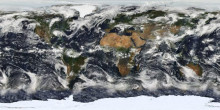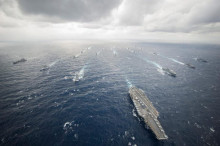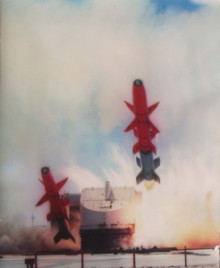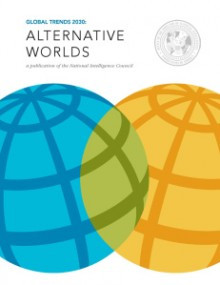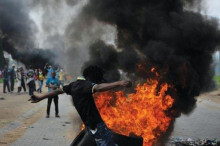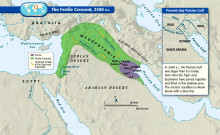The World in 2030
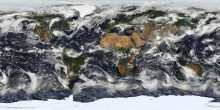
What will the world look like in 2030 – a decade-and-a-half hence? That question bedevils nations and individuals. We all want to know. But how do we find out?
There are many sources and no lack of organizations and people “holding forth” with their opinions – some based on good sources – but many based strictly on conjecture.
For me, I’ve found it most useful to mine what the United States Intelligence Community – the IC – thinks. Their opinions are distilled from the collective efforts of the 16 agencies making up our IC. The U.S. IC is an $80B a year enterprise (yes, that’s “B” not “M”). Every five years they package what they know and share it with us in one of their Global Trends pubs.
NIC has been in existence for over three decades and represents the primary way the U.S. intelligence community (IC) communicates in the unclassified realm. Initially a “wholly-owned subsidiary” of the Central Intelligence Agency (CIA), the NIC now works directly for the director of national intelligence and presents the collective research and analysis of the entire IC, an enterprise comprising 16 agencies. In a sentence: There is no more comprehensive analysis of future trends available anywhere, at any price. It’s not an overstatement to say this 160-page document represents the most definitive analytical look at the future security environment.
In addition to individual empowerment and the diffusion of state power, GT2030’s analysis suggests that that two other megatrends will shape our world out to 2030: demographic patterns, especially rapid aging; and growing resource demands which, in the cases of food and water, may well lead to scarcities. These trends, which are virtually certain, exist today, but during the next 15-20 years they will gain much greater momentum.
Read more about what the future will hold in my post on the Defense Media Network website here.

